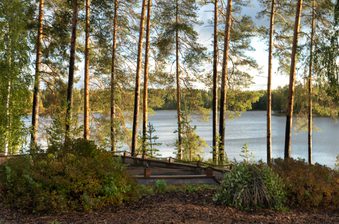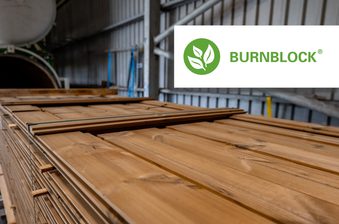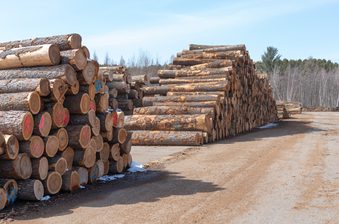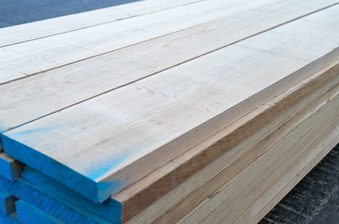Have you ever pondered how a type of wood could shape history, offer breathtaking beauty, and conceal powerful secrets? Well, in the world of woodworking, there's a remarkable wood species that does just that – the yew tree, Taxus baccata.
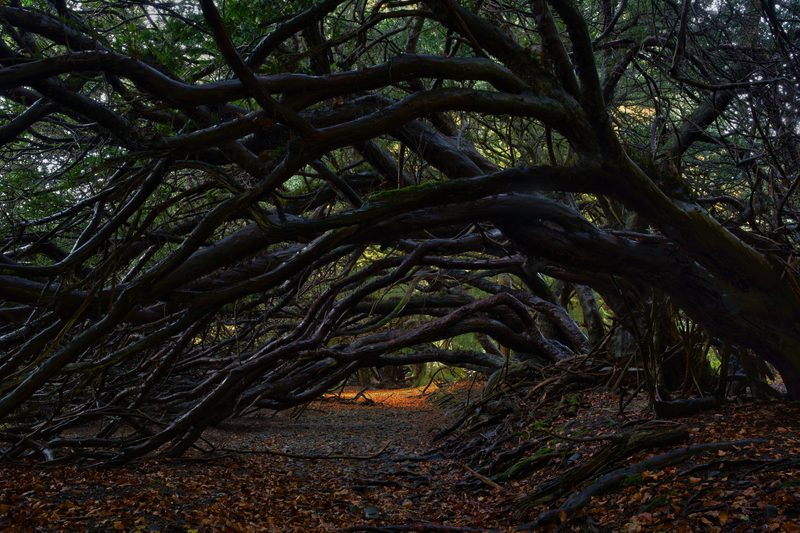
This humble yew wood stands out for its exceptional durability, stunning appearance, and fascinating history. It has been a cherished resource for centuries, used to craft everything from longbows that changed the course of medieval battles to intricate pieces of furniture that grace our homes. Join us as we delve into the captivating world of yew wood, exploring its historical significance, medicinal applications, and the intricate process of turning raw timber into furniture and works of art.
A Rich History Unveiled
Yew wood boasts a history that stretches back thousands of years, with one of its most remarkable chapters unfolding on the battlefields of the Middle Ages.
Enter the legendary English longbow, meticulously crafted from yew wood. This weapon proved to be revolutionary in medieval warfare, evolving into the English army's secret and most potent asset. With its incredible long-range capabilities, power, and unmatched accuracy, the English longbow provided a decisive edge on the battlefield.
One of the most iconic moments in this storied history occurred in 1415, at the Battle of Agincourt. Heavily outnumbered, King Henry V and his English forces, armed with yew longbows, achieved a staggering victory against the formidable French army. The triumph of the English longbow extended beyond the battlefield, deeply ingraining itself in the nation's identity. Yew wood became a symbol of English military excellence, shaping the nation's heritage and standing as a testament to its enduring historical significance.
But yew wood's significance doesn't end on the battlefield. It has a long history of medicinal use, with one of its most notable applications being the extraction of paclitaxel, a potent anticancer drug. Known for its effectiveness in inhibiting the growth of cancer cells, paclitaxel, also known as Taxol, has been a lifeline for countless patients.
Moreover, yew wood has played a vital role in boat building. While not as common as other woods, it excels in specific components, particularly the structural elements that must withstand the challenges of water. Its flexibility and resistance to decay make it a valuable choice for crafting ribs, frames, and other internal framework parts in boats.
The versatility of yew wood highlights its enduring value as a natural resource in craftsmanship, medicine, and cultural traditions. Remarkably, yew trees can live for centuries, with some individuals estimated to be thousands of years old. This longevity has solidified their place in history.
Our journey with yew wood
Our personal journey with yew wood commences by meticulously selecting trees from a sustainable source. Our experts scour the forest for mature yew trees characterized by straight trunks, minimal knots, and a consistent grain pattern. This careful selection process guarantees that the resulting timber will possess a uniform color and texture.
Once these exceptional trees are pinpointed, they undergo a precise felling process, typically carried out during the winter months when the sap content is lower. This practice minimizes the risk of the wood splitting during the subsequent drying phase.

The art of crafting yew timber demands precision and an intimate understanding of its unique qualities. It is at this juncture that the wood is skillfully transformed into boards or planks suitable for multiple applications. Whether employing traditional hand tools or modern machinery, the choice of sawing technique hinges on the intended end product. For example, quarter-sawn yew boards, esteemed for their stability and consistent grain pattern, are often the preferred choice for fine woodworking projects.
Efficiency takes center stage, as yew timber is a valuable resource. Meticulous care is exercised to minimize waste during the cutting process, ensuring the extraction of the maximum usable wood from each log.
The subsequent step involves "sticking," a process that entails stacking the freshly cut boards while interspersing them with sticks or spacers. This arrangement facilitates airflow between the boards, expediting the drying process and averting issues like warping and mold development.
Following the cutting and sticking processes, the yew timber proceeds to the pivotal drying stage. Proper drying is of paramount importance to forestall problems such as warping, cracking, and other wood defects. Many craftsmen opt for air drying, an approach that entails stacking the wood outdoors in a location with optimal airflow while safeguarding it from direct sunlight and precipitation. Although this natural drying method is a gradual process, taking several years, it contributes to preserving the wood's structural integrity and distinctive character.

In Conclusion
Yew timber is a captivating material that has been cherished by woodworkers and artisans for centuries. Its unique properties, including exceptional durability and striking appearance, make it a prized choice for crafting everything from longbows to fine furniture. The journey from selecting the right trees to the careful cutting and drying processes is an art in itself.
Responsible harvesting practices, precision in cutting, and patience in drying all contribute to the preservation and enhancement of this remarkable wood. Whether you're a seasoned woodworker or simply appreciate the beauty of finely crafted wood products, understanding these processes adds depth to your appreciation of this remarkable material.
Yew timber, with its rich history and exceptional qualities, remains a sought-after material for artisans and woodworkers. The journey from forest to finished product is a labour of love, and each piece crafted from yew wood carries with it the weight of history and the promise of enduring beauty. Whether it's crafting a fine piece of furniture, constructing a musical instrument, or fashioning a traditional longbow, yew timber continues to captivate craftsmen and enthusiasts alike.

